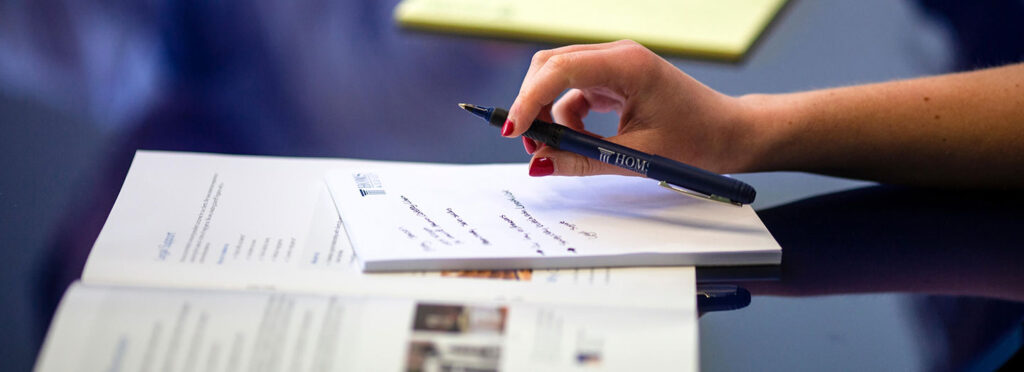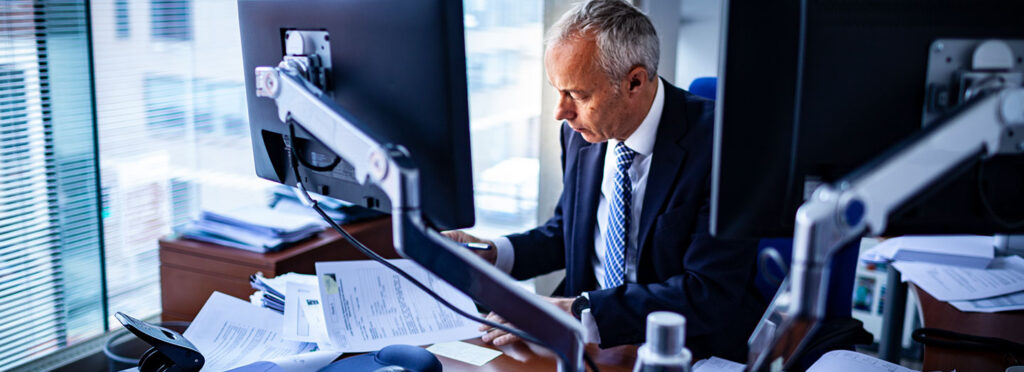Generally, courts will expect adults to take care for their own safety and other parties, like premises owners or service providers, will only have a duty to take reasonable care for the safety of those present on their premises or using public areas they are responsible for. Slip, trip, and fall accidents are a specific type of personal injury claim that arise when an individual suffers an injury due to a hazardous condition on someone else’s property. A balancing exercise will be undertaken by the Court to determine the cause of that accident, with the cumulative effect of any risks or hazards present being weighed against the reasonableness of the actions of the Claimant in going where they did, in the way they did in the lead up to the accident.*
Understanding Slip, Trip and Fall Claims
Slip, trip, and fall claims are a specific type of personal injury claim that arise when an individual suffers an injury due to a hazardous condition on someone else’s property. These accidents can occur in a variety of settings, including private homes, supermarkets, public pavements, and workplaces. To make a successful personal injury claim, it is essential to establish that the property owner or occupier was negligent in maintaining their property, which directly resulted in the accident. This negligence could involve failing to repair a known hazard, not providing adequate warnings, or not maintaining the property to a reasonable standard of safety.
Early investigations in personal injury
Every public liability accident situation is different and in many situations the cause of such accidents is not clear cut at the outset. Where such an accident occurs on public property and someone has suffered injuries, generally investigations will be carried out at an early stage by the premises owners to determine the cause of the accident. Indeed, insurance companies and loss adjustors would view such early investigations as critical in defending negligence claims. For Defendants such investigations can involve reviewing the accident area, taking a statement or log of the complaint made by the injured party, witness statements, reviewing CCTV, reviewing cleaning records, assessing any warning signage etc.
Equally it is advisable for an injured party to gather evidence at an early stage. We recommend taking photos of the hazard that caused an accident, retaining the shoes worn at the time of the accident, and writing down your own version of how the accident was caused. Gathering evidence such as photographs and witness statements is crucial to support your case and claim compensation for injuries sustained due to negligence. Under the General Data Protection Regulation you are entitled to a copy of CCTV footage which contains your image. We can assist you in gathering evidence in respect of your slip and fall accident. Parties to litigation for public liability accident will often engage expert witnesses like engineers to investigate the cause of the accident and to determine the adequacy of any warnings as to such hazards.
Where Defendants investigations indicate fault in part or wholly on the Claimant’s behalf, they will often allege they were the author of their own misfortune. This is arguably the most common defence for public liability claims. Invariably a Judge will determine each accident on its merits based on the specific circumstances in how it came about as detailed by the evidence put before the Court.
Determining Liability
Determining liability in slip, trip, and fall claims involves a thorough assessment of the property owner or occupier’s responsibility for the injuries sustained. To establish liability, it must be proven that the property owner or occupier was negligent in maintaining their property, failed to correct a known hazard, or should have known about the hazard and failed to address it. The courts will consider whether the property owner or occupier took reasonable steps to keep their property safe and clean, and whether they had a reasonable opportunity to correct the hazard. This evaluation includes examining maintenance records, any warning signs posted, and the general condition of the property at the time the accident occurred.
The Claims Process
Making a Claim
To initiate a claim, the injured party must submit an application to the Injuries Board Ireland, which will assess the claim and determine the amount of compensation payable. The application must be accompanied by supporting documentation, including medical reports and witness statements. If the Injuries Board is unable to assess the claim, the injured party may be issued with an authorisation to pursue their claim through the courts. This step is crucial as it sets the foundation for the compensation claim and ensures that all necessary evidence is presented.
Time Limits for Making a Claim
There are specific time limits for making a slip, trip, and fall claim. The injured party must submit their application to the Injuries Board Ireland within two years of the date of the accident. If the injured party is under 18 years of age, a separate set of rules applies, and it is recommended that they seek advice from a personal injury solicitor. It is essential to seek advice from a personal injury solicitor to understand your rights and options if you have been injured in a slip, trip, or fall accident. A solicitor can help you navigate the claims process and ensure that you receive the compensation you are entitled to.
Defence of contributory negligence in personal injury cases
Where the injuries suffered by a Claimant were caused partly by fault in their own actions and partly by the fault of the Defendant, Section 34(1) of the Civil Liability Act 1961 allows the Court to reduce any award for a fall injury by an amount they consider just and equitable having regard to the degree of fault of the Claimant. To establish this defence a Defendant must prove a Claimant failed to take reasonable care for their own safety and that this failure caused their damage. Importantly the defence can apply both where Claimant’s actions contribute to the accident and where the actions contribute to the injuries they suffer.
The concept of reasonable foreseeability is central in determining the question of contributory negligence. Where a person ought reasonably to have foreseen that if they did not act as a reasonable and prudent person they would expose themselves to risk of injury, then liability for such injuries will lie in part with themselves. While this test is clearly an objective one, in that it basis the test of the actions of a reasonable person, subjective (or individual) factors may be introduced where the injured party is a child or person under a disability.
In a 2016 case a man had suffered injuries when he mistakenly got off an Irish Rail train at the wrong station and in turning back onto the train was caused to fall in between the gap of the train and the platform. The Claimant was found to be 50% contributory negligent. While the judge noted the Claimant may have been distracted and should have taken more care for his own wellbeing, he found in their favour as Irish Rail had an “absolute requirement” to warn passengers to mind the gap. Evidence was given to the Court that despite 11 previous incidents of passengers falling between the train and the platform in that station in the past 5 years, no warning to mind the gap was given.
Recent decisions on absolute liability of property owners
In the High Court case, Dignam -v- Eircom Ltd & Anor [2018], presided on by Judge Barr found Eircom fully liable for a knee injury suffered by a pedestrian whose foot got caught in a hole adjacent to a P&T cover on a footpath. Based on photographs taken by the Claimant in the immediate aftermath of the incident and those taken by an engineer months after, the Judge noted the concrete surrounding the cover had broken away further, and as it was an integral part of the frame of the cover it was the responsibility of Eircom. As the hole was relatively small the judge refused to find contributory negligence on the Claimant’s part.
In such cases, the property or business owner is often scrutinized to determine if they took reasonable steps to maintain a safe environment.
In a 2019 High Court decision in Baldwin -v- National Museum of Ireland, an inadequate handrail system at the end of a marble stairs resulted in the Museum failing to defend a slip and fall claim where a 70 year old man suffered injuries. The Claimant’s engineer provided evidence that the handrails design, which ended prematurely before the bottom step, caused users to move towards the centre when descending the stairway. Indeed the Judge, Ms Justice O’Hanlon, stated she would draw an adverse inference from the Museum’s failure to call expert evidence to assess the stairway or address the handrail design issue.
Finding that on the evidence it was reasonably foreseeable that a person could suffer such a fall the Judge said on the balance of probabilities the accident was caused by the negligence of the Museum in failing to provide a safe system, here a railing for a person such as the Claimant to hold onto the entire way down the staircase. She rejected the Defendants assertion the accident was entirely the Claimant’s own fault.
Effect of contributory negligence in fall injury cases
Where a claim of contributory negligence is put forward by a Defendant in a public liability claim it often involves incidents that occurred on someone else’s property and will often extend the length of time it takes to settle the claim. Generally consent to the Injuries Board assessing the claim will not be forthcoming from Defendants in such cases.
For these reasons where a dispute in terms of liability arises from an accident it is important to involve experts like consultant engineers to fully assess the accident locus and any shortfalls that may be present in terms of accepted safety standards. A claimant in a public liability accident would be well advised to raise any such questions about contributory negligence in personal injury compensation claims to a solicitor.



